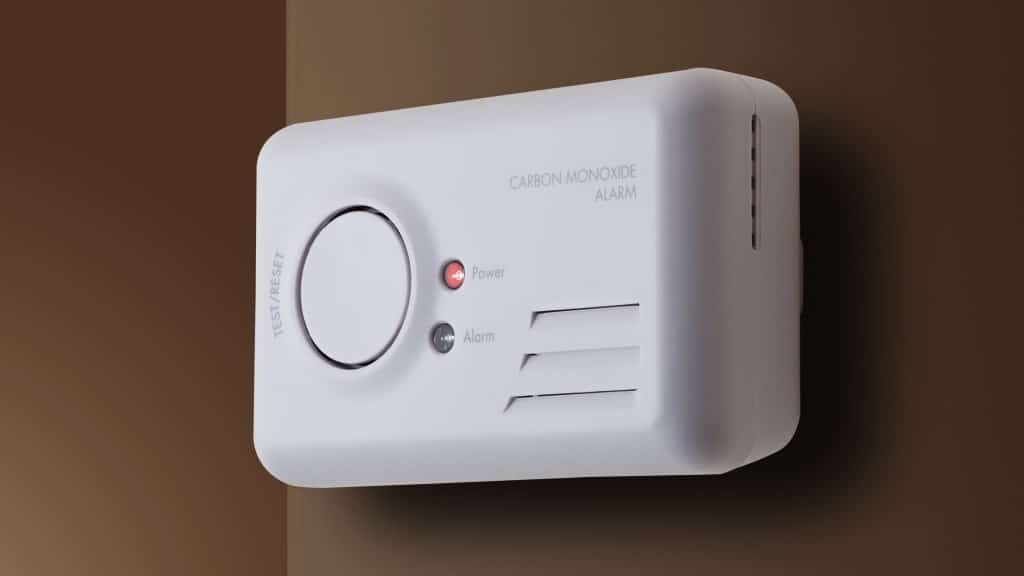Understanding the signs of an expired carbon monoxide alarm
- January 26, 2024
- 10:42 am


Iain Hoey
Share this content
Carbon monoxide (CO) is a colourless, odourless, and poisonous gas, often found in fumes produced by burning fuel in various types of engines and heating systems.
Due to its dangerous nature, it’s essential to have a functional carbon monoxide alarm in residences and rental properties.
However, like any device, CO alarms have a limited lifespan, typically around seven years.
Recognising the end-of-life signal in carbon monoxide alarms
The Seattle Fire Department has issued a guideline on recognising the signs of an expired CO alarm.
According to their advice, most CO alarms produced after 1 August 2009 come with an end-of-life warning, which usually manifests as a beep every 30 seconds or displays an “ERR” or “END” message.
It’s important to understand that this signal indicates the alarm has reached the end of its life and replacing the battery will not rectify the situation.
Although some alarms might have a feature that silences this signal for 30 days, this is only a temporary solution.
Responsibilities of renters and property managers
In 2013, it became mandatory to install CO alarms in all rental housing units in Washington State.
Under Washington State law (RCW 19.27.530), carbon monoxide alarms must be installed in new residences and existing rental properties.
Renters are responsible for maintaining the alarm and replacing batteries as needed, typically recommended once a year.
CO alarms should be placed outside each bedroom and on every floor of the dwelling, following the manufacturer’s installation guidelines.
Property owners and managers are advised to replace all CO alarms installed in or before 2013.
Immediate replacement is also recommended for any CO alarm that signals its end-of-life.
Renters should inform their property manager or landlord if their CO alarm beeps every 30 seconds, indicating it has expired.
However, residents should be aware that intermittent beeping of a CO alarm is not a reason to call 9-1-1.
A continuously beeping CO alarm could indicate the presence of carbon monoxide.
In such cases, where symptoms like dizziness, headache, vomiting, or flu-like symptoms are present, it’s crucial to seek fresh air and call 9-1-1 immediately.
IFSJ Comment
The guidance issued by the Seattle Fire Department on recognising the end-of-life signals of carbon monoxide alarms is a timely reminder of the importance of regular maintenance and timely replacement of these life-saving devices.
The distinction between the different types of signals emitted by CO alarms is critical in ensuring both the safety and peace of mind of residents.
This also highlights the shared responsibility between renters and property managers in ensuring compliance with safety regulations and the upkeep of essential safety equipment in residential properties.
The proactive replacement of CO alarms not only aligns with legal requirements but also serves as a preventative measure against potential carbon monoxide poisoning incidents, reinforcing the overarching theme of safety first in residential settings.

